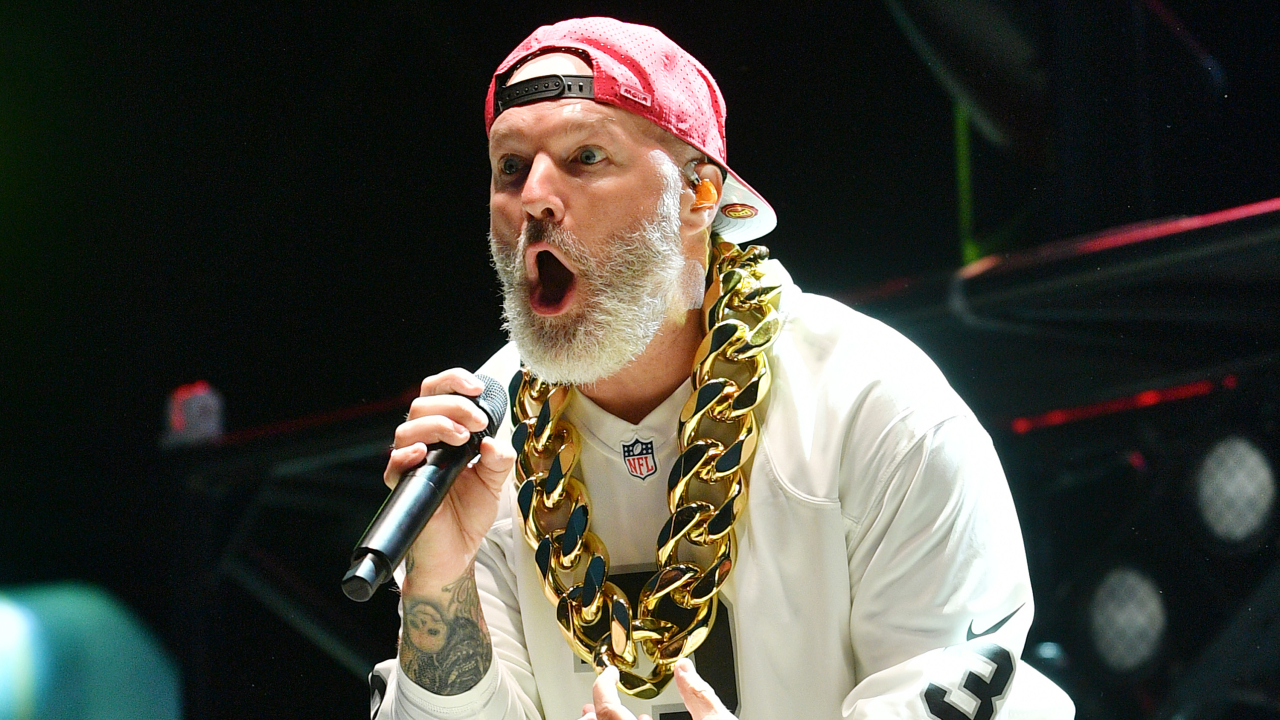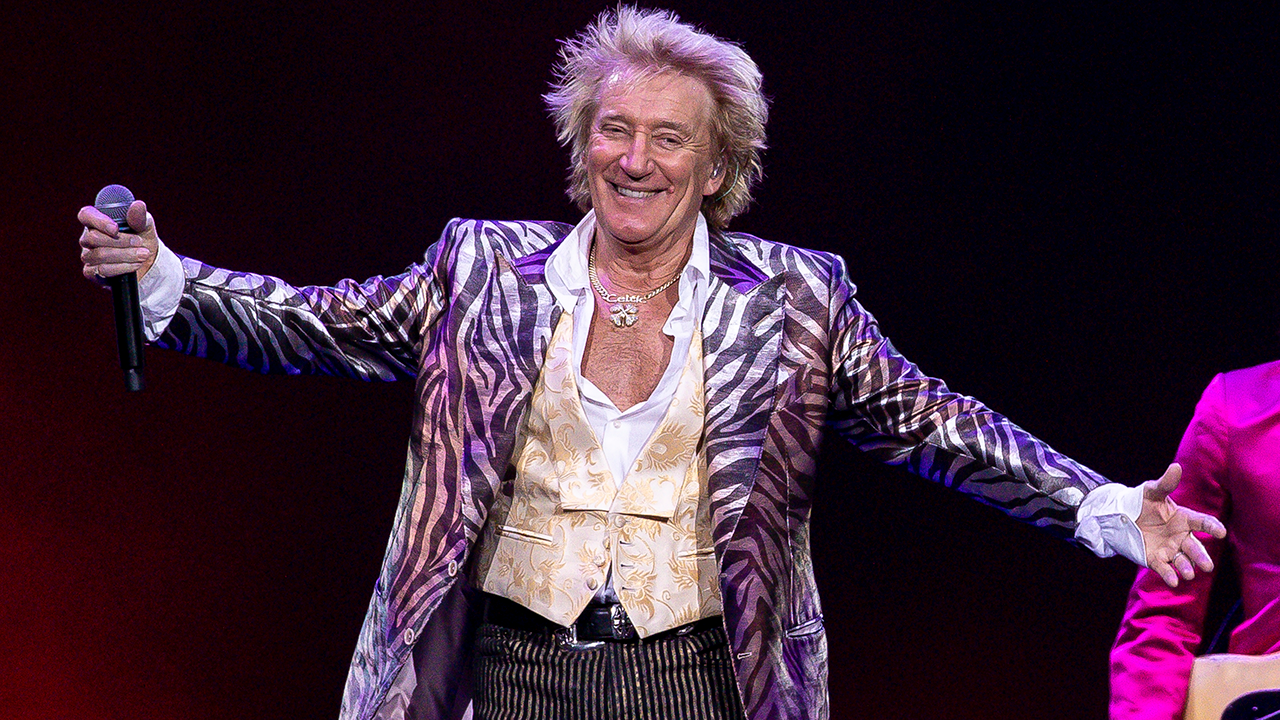AGUA CLARA, Brazil (AP) — Two years of record-breaking drought have dealt a heavy blow to what is arguably the Amazon’s most successful sustainable economy: the managed fishery for the giant pirarucu. In Brazil ́s Amazonas state, almost 6,000 riverine dwellers authorized to fish have reported a sharp drop in production and rising costs. They are demanding aid from the federal government and debating how to adapt to climate change.
Last year’s catch totaled 70% of the government-authorized quota of 100,443 fish. This year could see an even steeper decline, since many communities still haven ́t been able to fish. The season runs from June 1 to Nov.
30. Pirarucu managed fishing began in the Amazon 25 years ago in the Mamiraua region and has since expanded. It helped the Amazon’s largest fish escape risk of extinction and is now an important source of income for locals in 10 sustainable conservation units and eight Indigenous territories, where deforestation is close to zero.
Unlike other aquatic species of the Amazon, such as river dolphins , the pirarucu — also known as arapaima — historically have proven resilient to drought and climate change. But low water levels are making it extremely difficult for fishers to transport their catch from remote lakes to major rivers and onto cities. It’s a mammoth task.
The pirarucu, which can weigh up to 200 kilograms (440 pounds), lives in large lakes that during flood season are often connected to major rivers. Fishing typ.


















